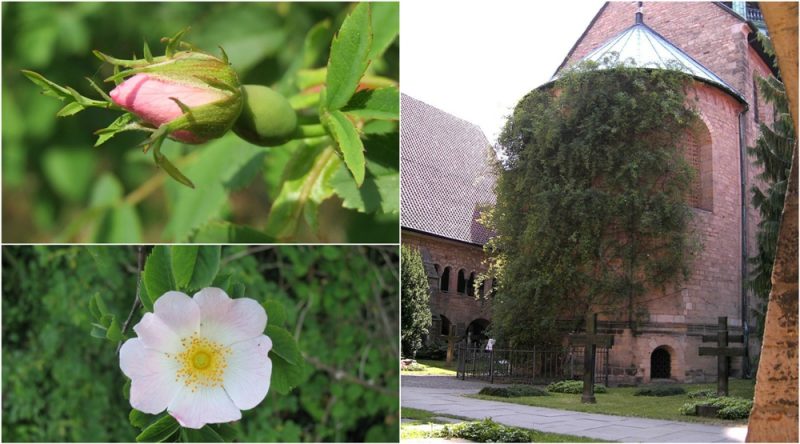The beautiful German city of Hildesheim is the home of the oldest living rose on the planet known as the rose of Hildesheim or the thousand-year rose.
She’s 69 feet tall and 30 feet wide and it’s believed that she was established by King Louis the Pious back in 815.
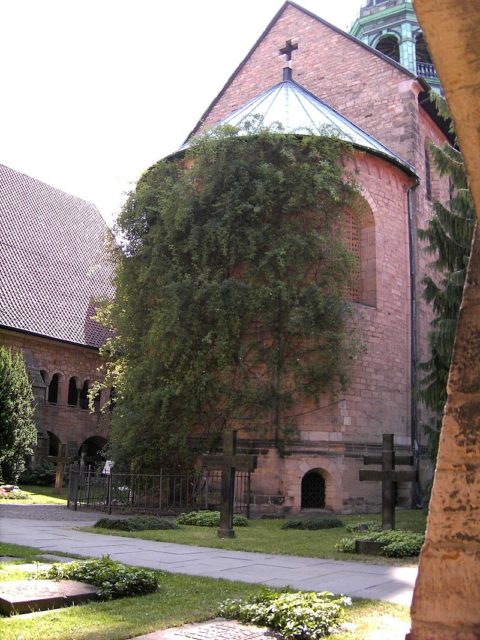
The rose climbs up the walls of a Catholic cathedral dedicated to the Assumption of Mary. The cathedral was hit by Allied bombers during World War 2, and although the building was completely destroyed, the roots of the rosebush somehow survived and she blossomed among the ruins again.
The cathedral was rebuilt in the 1950s and 1960s in a simplified form and without its previous baroque elements that gave the building its Romanesque charm. After many years, on August 24, 2015, its renovation became a subject of the largest construction project in Germany in order to bring back the building’s old charm.
However, tourists visit the cathedral not only to see the building’s new look but also to admire the thousand-year rose that has become its most remarkable feature.
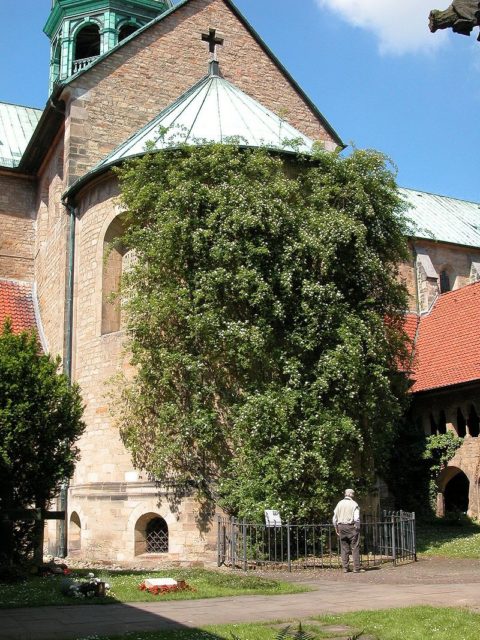
According to one of the legends related to the cathedral and the establishment of the rose, King Louis, who was responsible for their existence, witnessed a miracle and believed that the rosebush was sacred.
He built a cathedral on the site of the miracle where the rosebush was growing and after all those years, the same rosebush still blossoms.
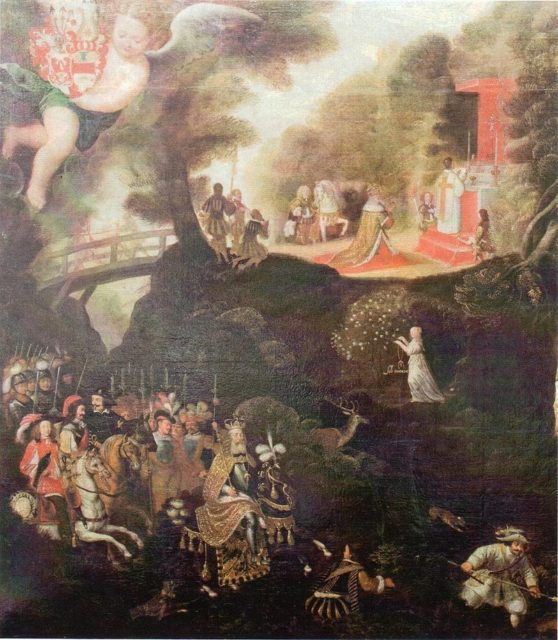
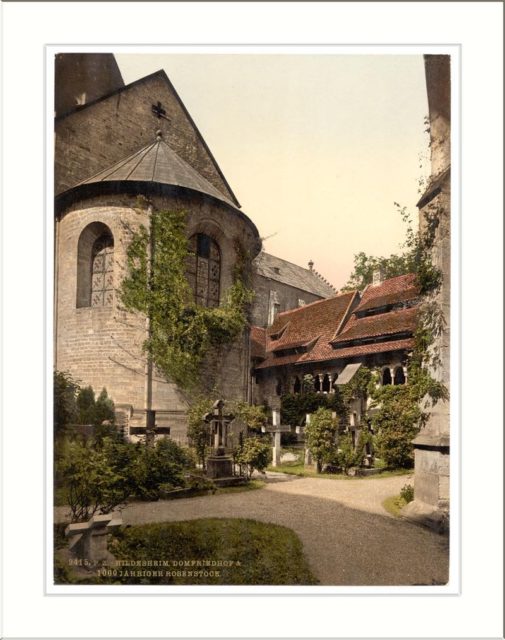
The rose is a Rosa canina, also known as the dog rose. The caninae section of the genus Rosa has approximately 20 to 30 species and subspecies which occur mostly in Northern and Central Europe in different shapes. The leaves of the Hildesheim rose have between five and seven leaflets and her flowers are pale pink. The flower’s fruit is used for making tea and marmalade because of its high vitamin C content.
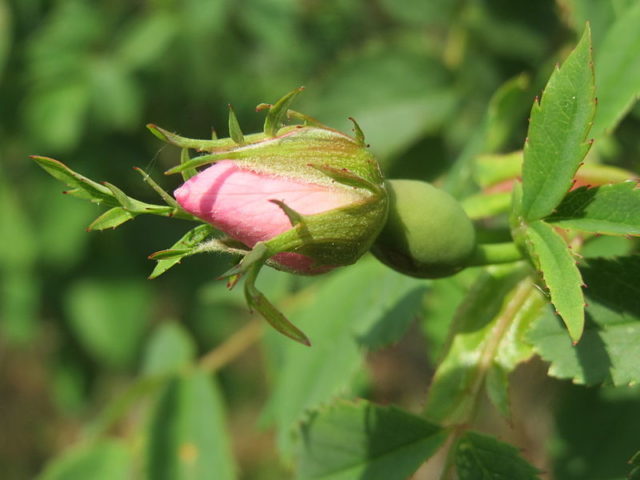
The bloom of the rose depends mostly on the weather. Usually, she blooms at the end of May and lasts approximately 14 days.
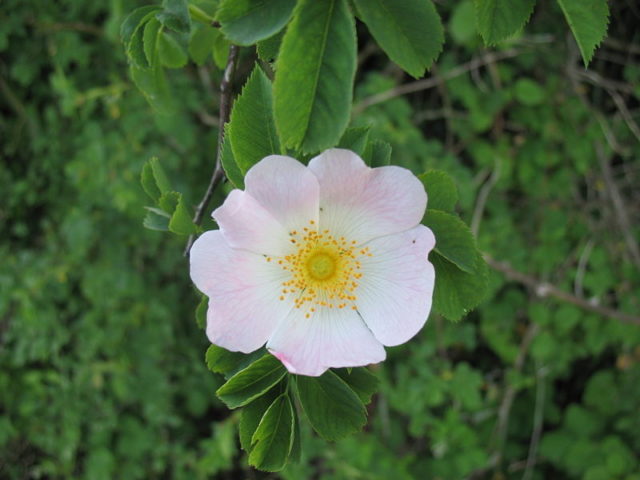
The rose hips are an important ingredient in many traditional folk medicine recipes. They’re used for curing inflammatory-related diseases, viral infections, and kidney or urinary tract disorders. The rose hips are eaten by birds during the winter period.
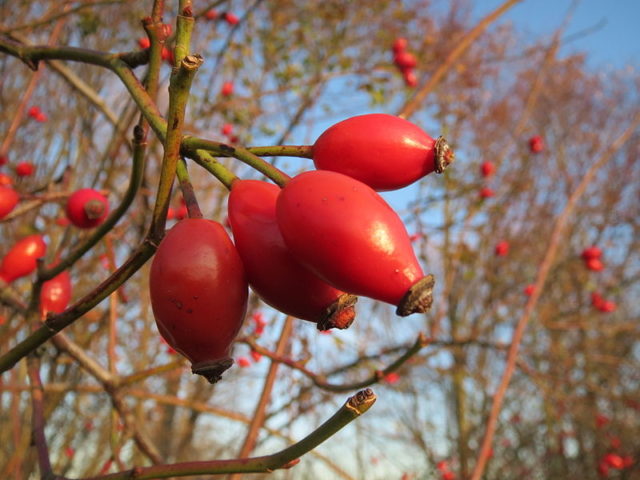
The story of the thousand-year rose touched so many hearts and inspired writers and movie producers to create works of art in her honor.
The first work inspired by the rose was published in 1896. It was a sentimental collection of poems written by Jessie Weston entitled ‘The Rose-Tree of Hildesheim’.
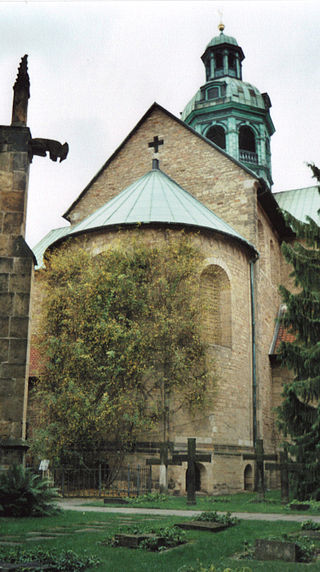
The collection became an inspiration for a book entitled ‘The Rose-bush of a Thousand Years’, written by Mabel Wagnalls and published in 1918. The story of the book was about a young girl who abandoned her baby to take care of a convent.
Read another story from us: Caminito: the colorful street museum in Buenos Aires
The young mother later experiences a spiritual transformation and renewed the relationship with her child. Six years later, this story was transformed into a silent movie named ‘Revelation’.
